Safety First, Engraving Always: Your Guide to Laser Classes
Lasers are used everywhere, from scanners to medical devices. For makers, laser engravers turn ordinary materials into valuable creations.
However, safety is key. Laser class ratings tell you how safe a laser is and what precautions to take. Understanding these classes helps you choose the right engraver for your needs.
5 Levels of Laser Safety Classes
Laser safety classes are designed to protect users by explaining how dangerous different levels of laser light can be. Each class is based on the laser’s power output and its potential to cause harm to your eyes or skin.
The higher the class, the greater the risk if safety measures aren’t followed. Understanding these categories is crucial, especially if you’re using lasers at home for engraving or crafting.
Let’s look at the five main classes and what each one means:
1. Class 1/1M
Class 1 and 1M lasers are the safest class types available. They are considered harmless under normal use because their power is very low or the beam is completely enclosed. For example, the laser in a CD or DVD player falls into this category.
In laser engravers, enclosed machines with proper shielding are typically classified as Class 1. The “1M” designation means the beam is safe for the naked eye, but may be hazardous if you use magnifying optics. For most beginners, Class 1 engravers are ideal since they ensure maximum safety while still delivering great performance.
2. Class 2/2M
Class 2 and 2M lasers class emit visible light, usually in the range of standard laser pointers. They are low-power (up to 1 milliwatt) and generally safe because human reflexes, like blinking or looking away, protect your eyes from prolonged exposure. However, staring directly into the beam or using magnification can still cause harm.
These classes are common in presentation pointers or alignment tools. While not powerful enough for cutting or engraving materials, they are often used in devices that require precision pointing. They are safe to use with minimal precautions, but should not be used carelessly.
3. Class 3R
Class 3R lasers are a step up in power, typically up to 5 milliwatts. At this level, they can pose more risk to the eyes if the beam is directly viewed. However, with standard precautions, they can be used safely. Class 3R lasers are often seen in higher-powered laser pointers or measurement tools.
While they are not suitable for engraving or cutting, understanding this laser safety class is important because it bridges the gap between low-risk and high-risk categories. For anyone working in creative industries, knowing that these aren’t “engraving strength” lasers helps set realistic expectations.
4. Class 3B
Class 3B lasers are significantly more powerful, ranging up to 500 milliwatts. Direct eye exposure can cause serious injury, and even reflections from shiny surfaces can be hazardous. At this level, additional safety equipment like protective eyewear and controlled workspaces are required.
Class 3B lasers are capable of burning or lightly engraving some materials, though they are less common in consumer-level engravers today. They are more often used in research or industrial applications. While more dangerous, they also represent the threshold where lasers begin to be truly functional for material processing.
5. Class 4
Class 4 lasers are the most powerful category, and they can cut, engrave, and burn through materials with ease. These lasers exceed 500 milliwatts and are extremely hazardous to both eyes and skin. They also pose a fire risk if not handled correctly. Most professional-grade laser cutters and engravers fall under Class 4.
With proper safety features like enclosures and exhaust systems, they can be safely used in workshops or businesses. For creators who need speed, power, and versatility, laser class 4 machines are the go-to option, but they demand strict adherence to safety guidelines.
5 Types of Lasers
Lasers are built using different technologies, and each type has its own strengths, weaknesses, and price points. For laser engraving and cutting, understanding the different types of lasers helps you see why diode, fiber, or CO₂ machines dominate the market.
- Gas Lasers: Gas lasers use a mixture of gases, such as carbon dioxide or helium-neon, as their gain medium to produce a highly focused beam of light.
- Solid-State Lasers: Solid-state lasers use a solid material, such as a crystal or glass rod doped with ions, to generate a laser beam.
- Fiber Lasers: Fiber lasers are a type of solid-state laser that utilizes an optical fiber doped with rare-earth elements as the gain medium.
- Liquid Lasers: Liquid lasers, also known as dye lasers, use an organic dye dissolved in a liquid solvent as their gain medium.
- Semiconductor Lasers (Laser Diodes): Semiconductor lasers, or laser diodes, are a compact and energy-efficient type of laser that uses a semiconductor material as the gain medium to produce light.
Which Is The Best Laser Class For Engraving Wood
When you're looking for a laser to engrave wood, the type you'll most often hear about is a CO2 laser. Think of it as the go-to tool for this job.
CO2 lasers are great because they're very good at creating the kind of detailed, permanent mark that looks so good on wood. They can also cut through it if you need them to.
You might also see something called a diode laser. These are usually smaller and more budget-friendly, which makes them a popular choice for hobbyists. They can definitely engrave wood, but they're not as powerful as CO2 lasers, so the process might be slower.
So, to keep it simple: CO2 lasers are the workhorse for wood engraving, and for a safe and easy-to-use machine, you want to look for one that is Class 1.
Class 1 Laser Engraver Recommended - Falcon A1
For anyone new to engraving, a Class 1 laser machine is the perfect choice because it's completely safe for home use.
The laser is fully enclosed, so you don't need special safety glasses. The Creality Falcon A1 is a great example.

It's compact, quiet, and easy to use with common materials like wood and leather, all while delivering great results.
It’s the ideal way to get started with engraving and create amazing projects with total peace of mind.
How Are Lasers Classified By Power
You might think lasers are just classified by how strong they are, but it's more about how dangerous they are to people.
The classification system (Classes 1 through 4) is really a safety rating that tells you what kind of risk you're dealing with.
Here's the simple breakdown:
- Class 1: These are the safest lasers. The laser is fully enclosed, so you're never exposed to the beam. Think of a DVD player or a laser printer—the laser is working inside, but you can't see it, so it's completely safe.
- Class 2: This is a low-power laser, like the kind in a laser pointer. It's safe because your natural instinct to blink or look away is fast enough to protect your eyes from any harm.
- Class 3B: Now we're getting into more dangerous territory. These lasers can hurt your eyes if you look directly at them. They are often used in things like medical devices, but they are not the kind you'd want to be pointing around carelessly.
- Class 4: This is the most powerful and dangerous class. The laser beam can cause severe eye damage and even burn your skin. These are the kinds of lasers used for industrial cutting and welding. You have to take serious safety precautions when working with a Class 4 laser.
So, while power is part of the equation, the class rating is really about how much protection you need to stay safe while using the laser.
All in all
Want to try laser engraving but feel overwhelmed? Don't worry! It's easier and safer than you might think.
Getting to know the different laser classes helps you choose the perfect machine, and for most home users, a Class 1 engraver is a great choice.
They are safe for a home setup but still powerful enough for beautiful projects.






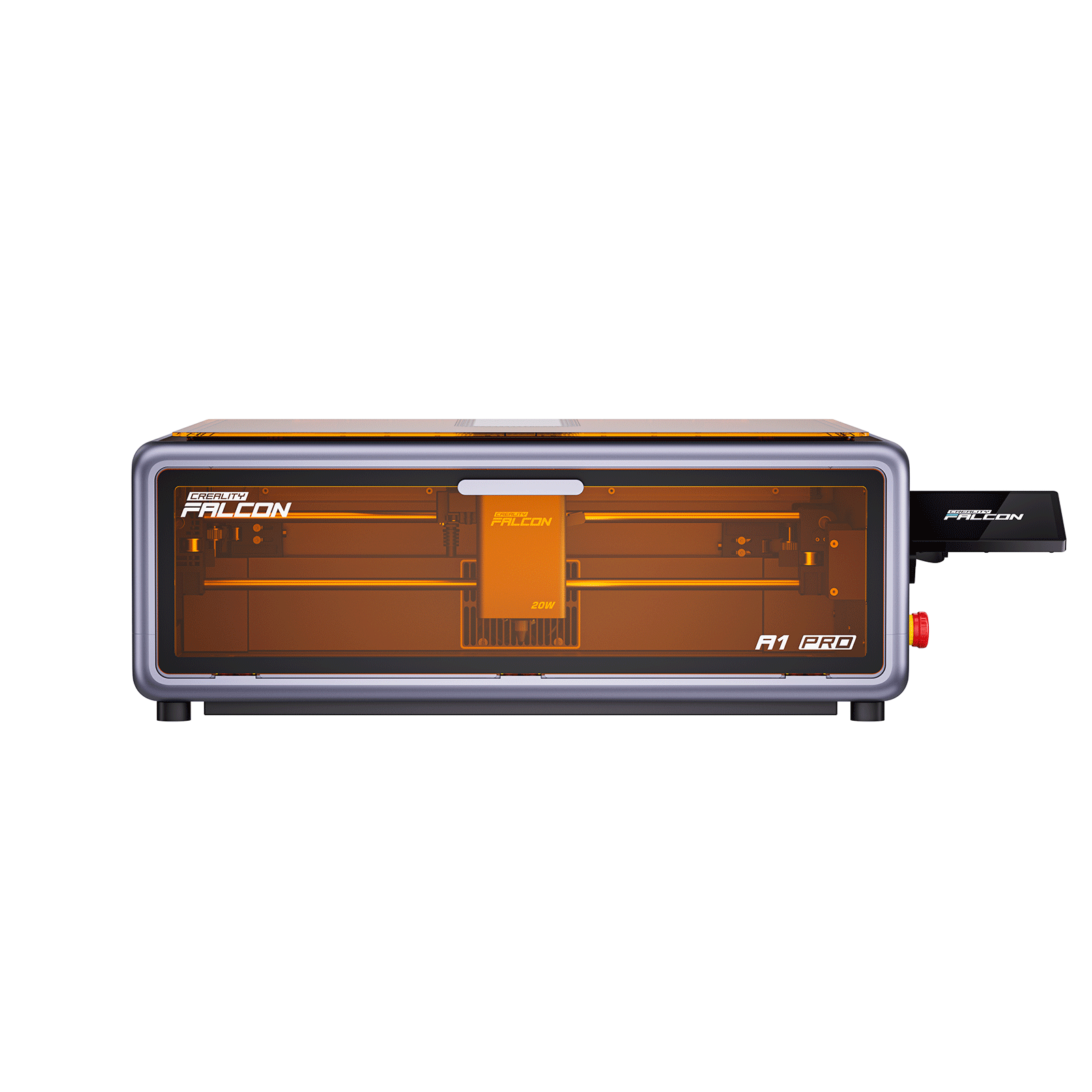


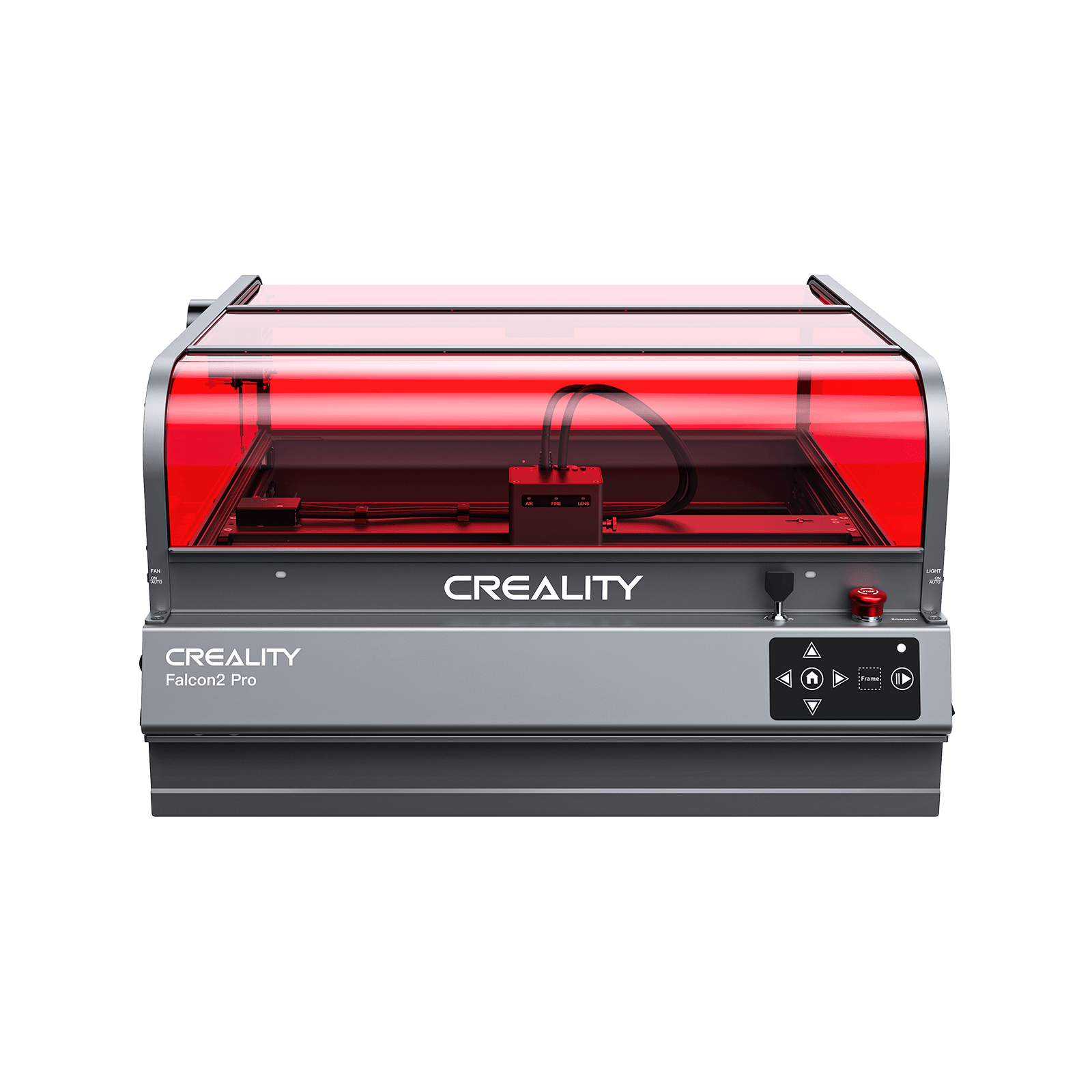






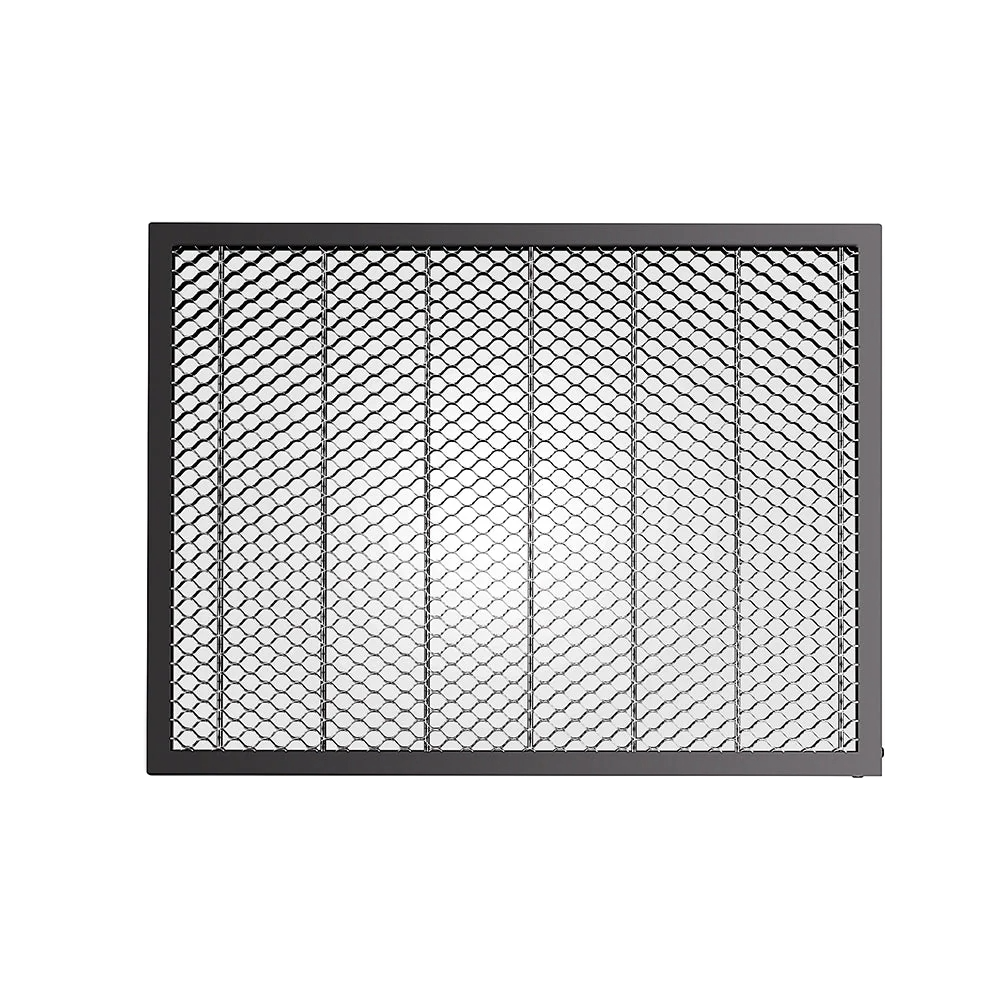







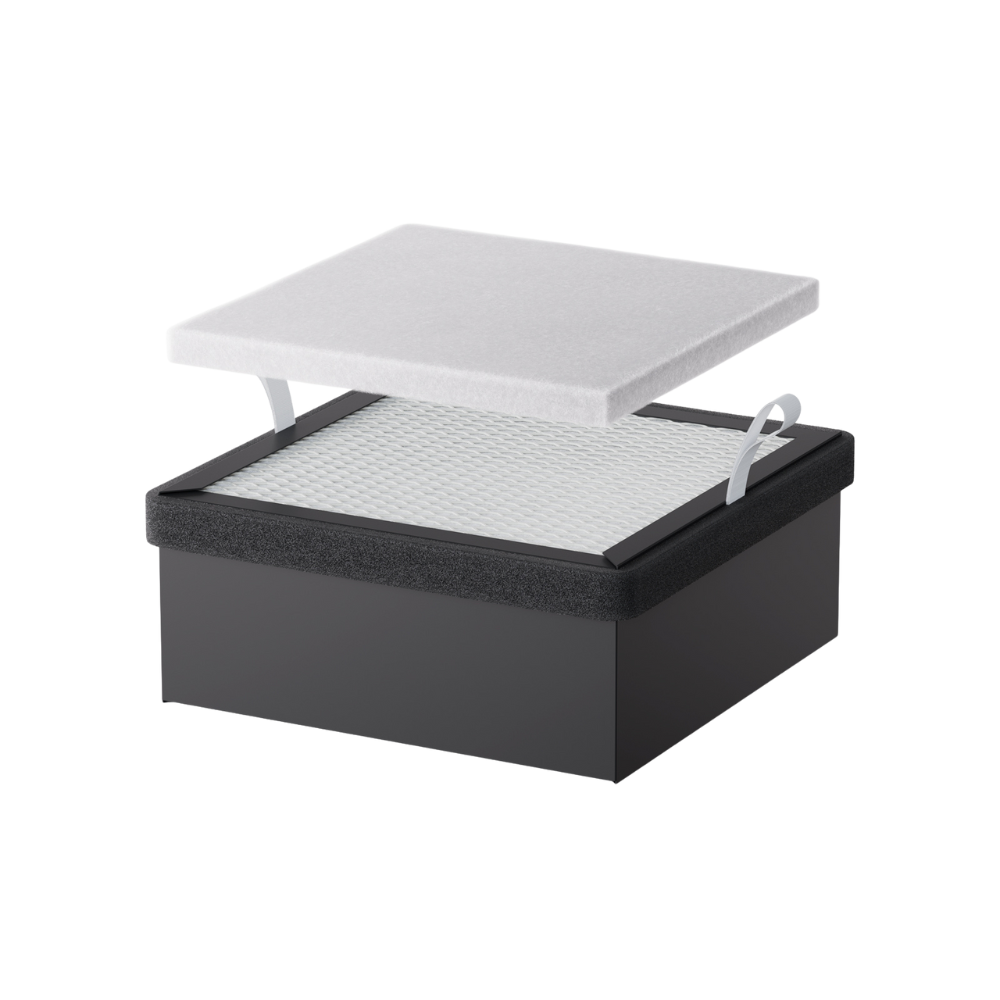







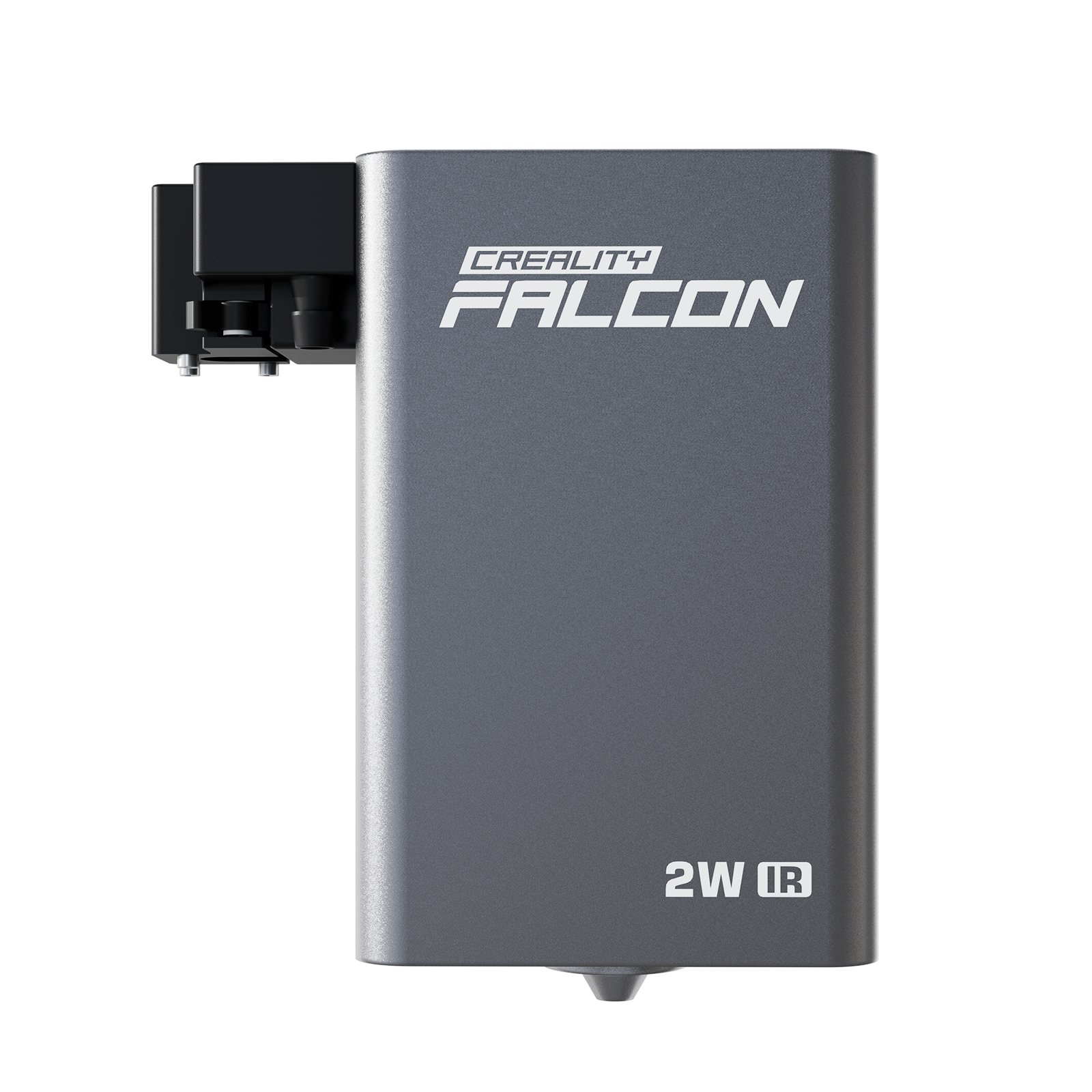







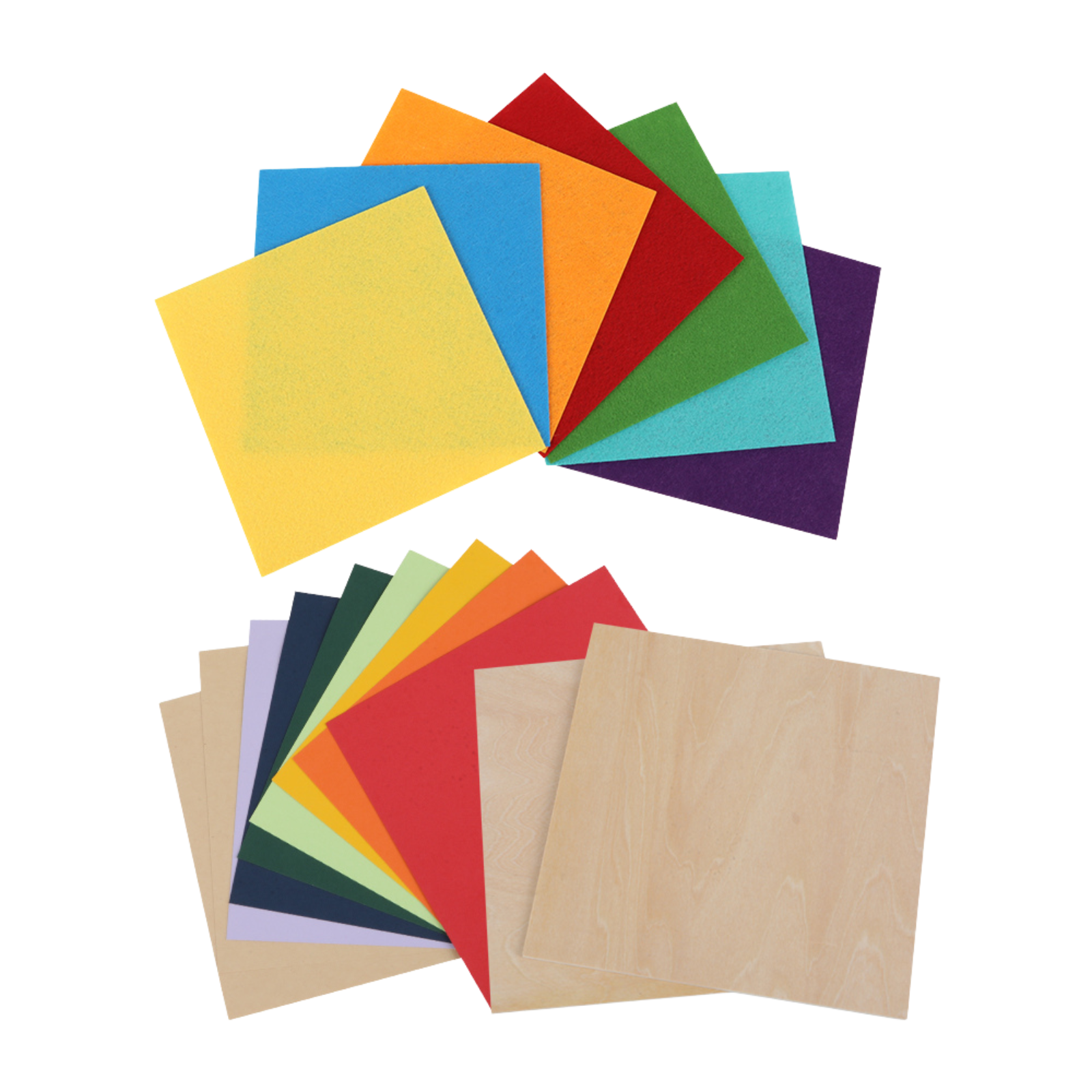
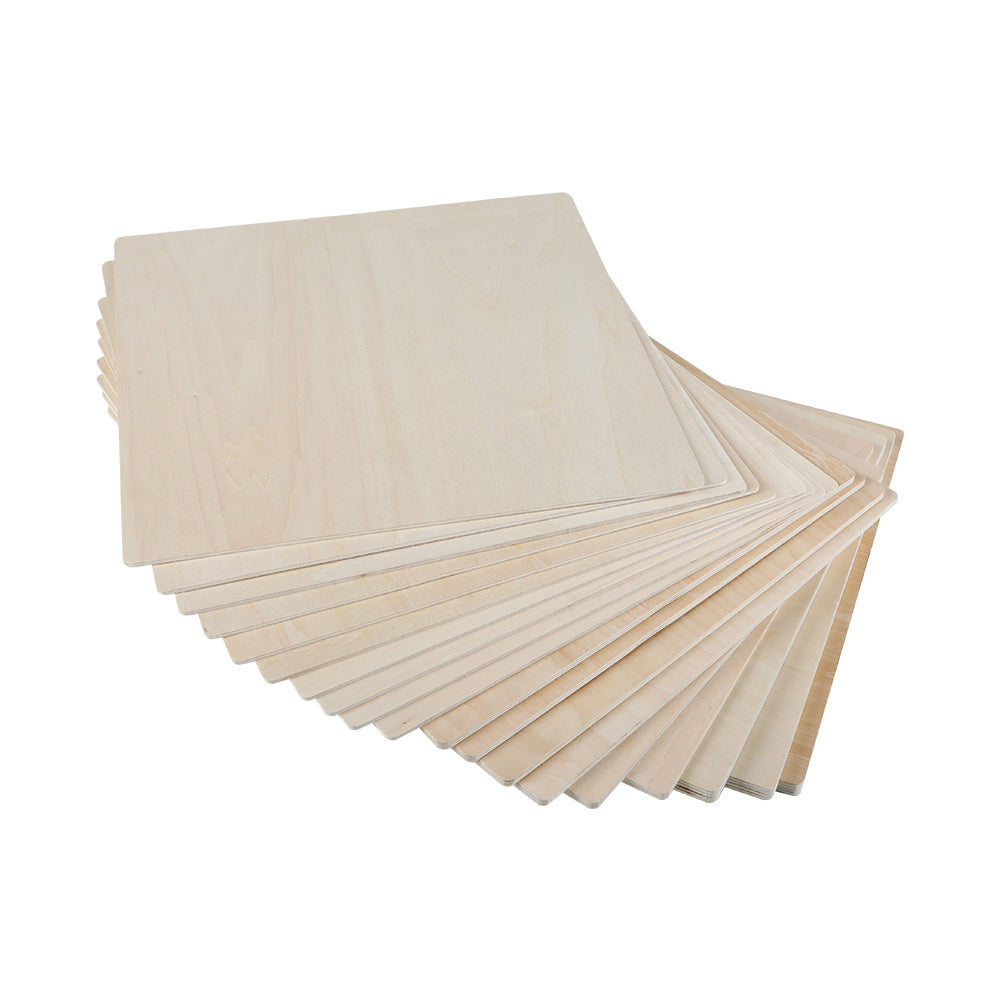




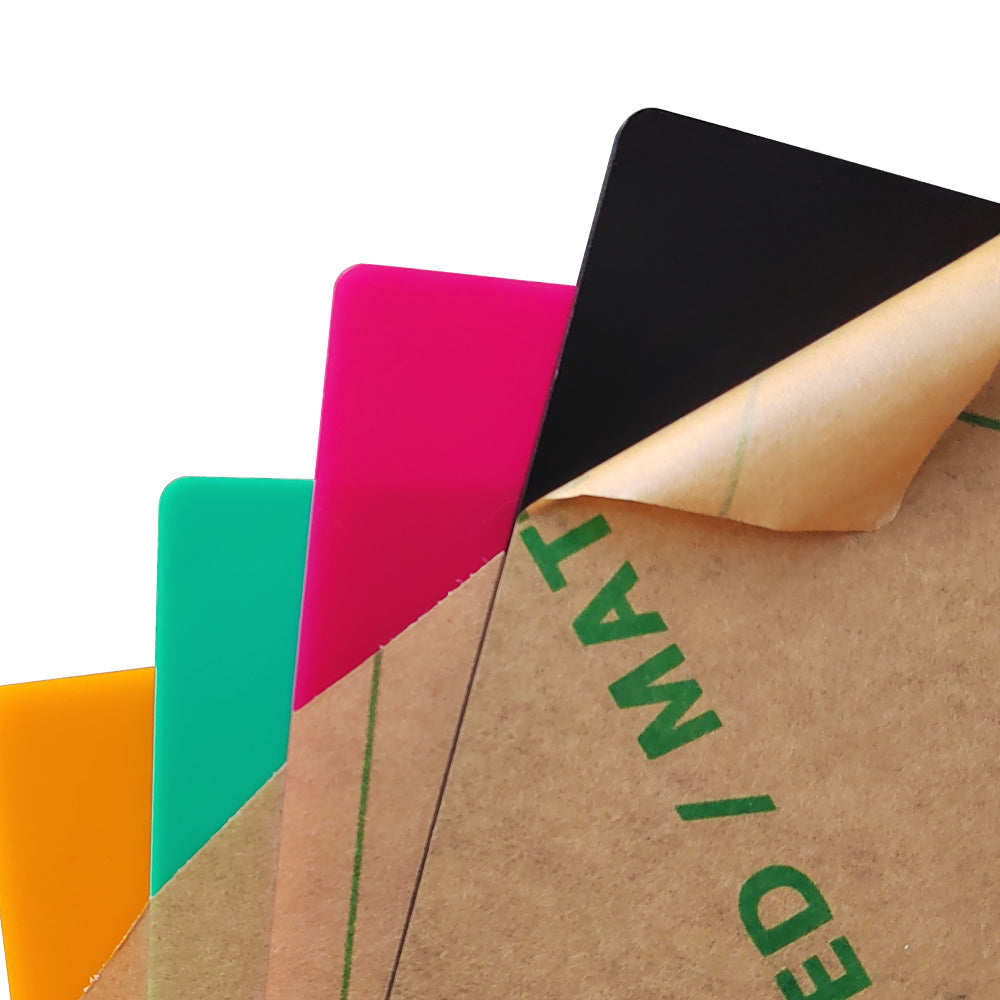




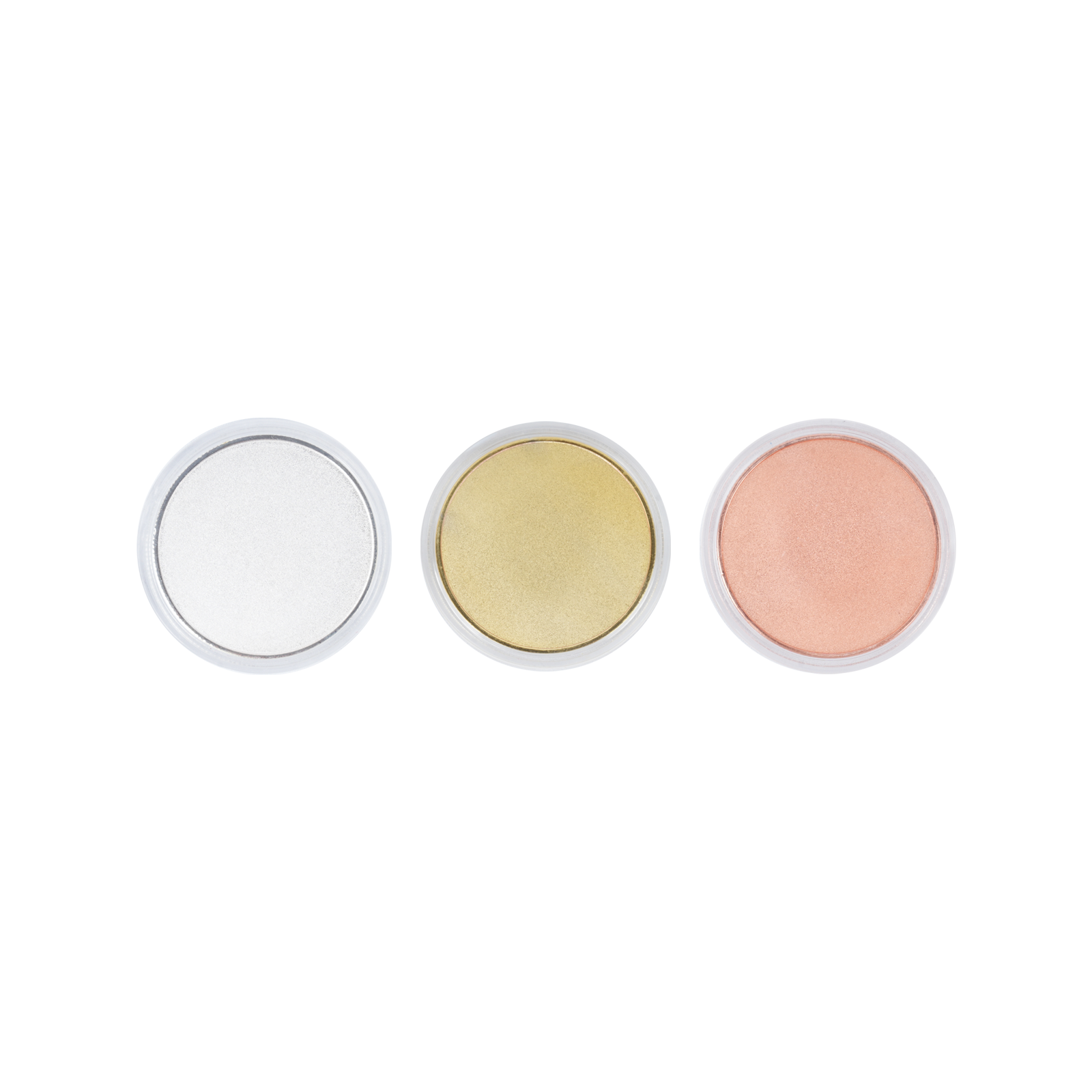
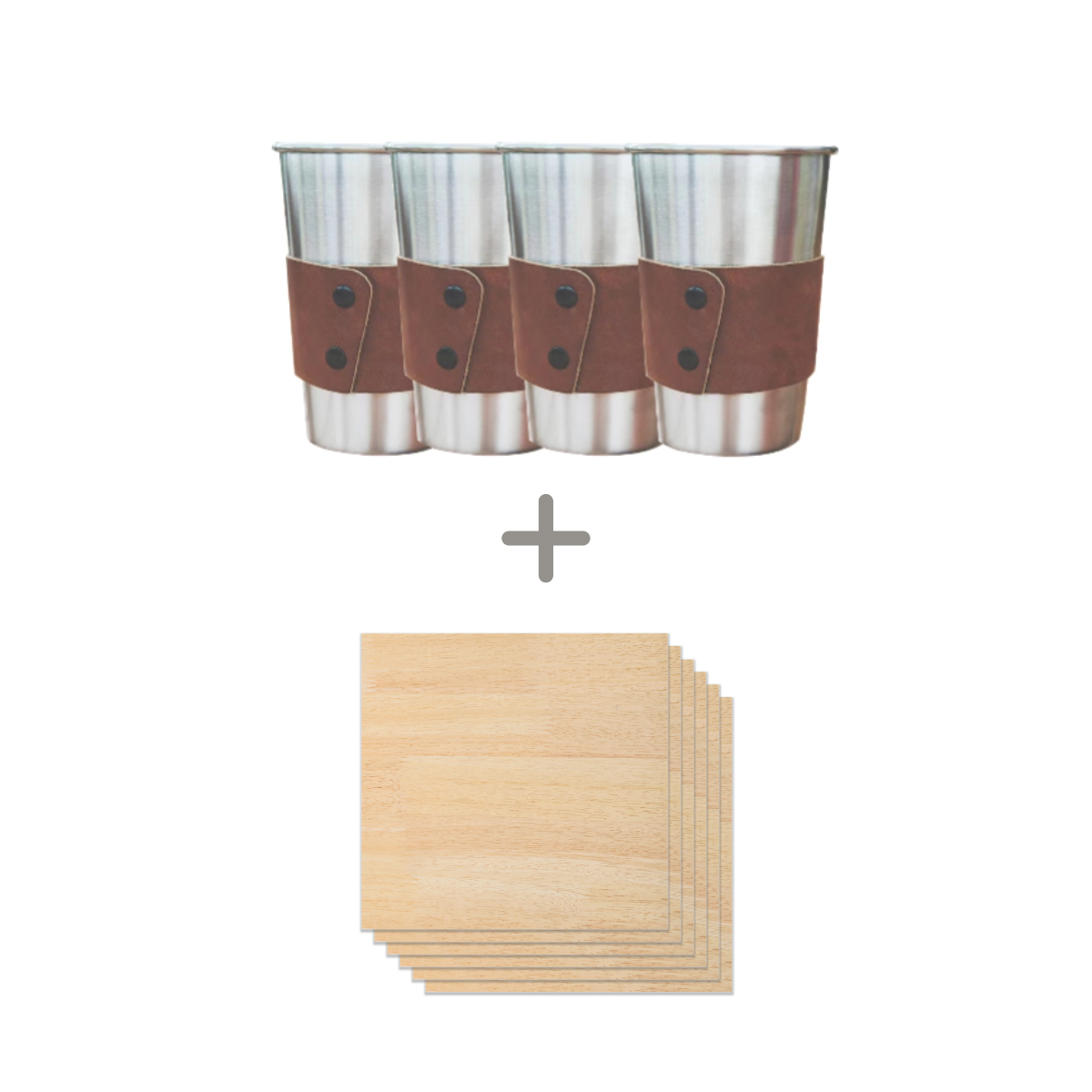
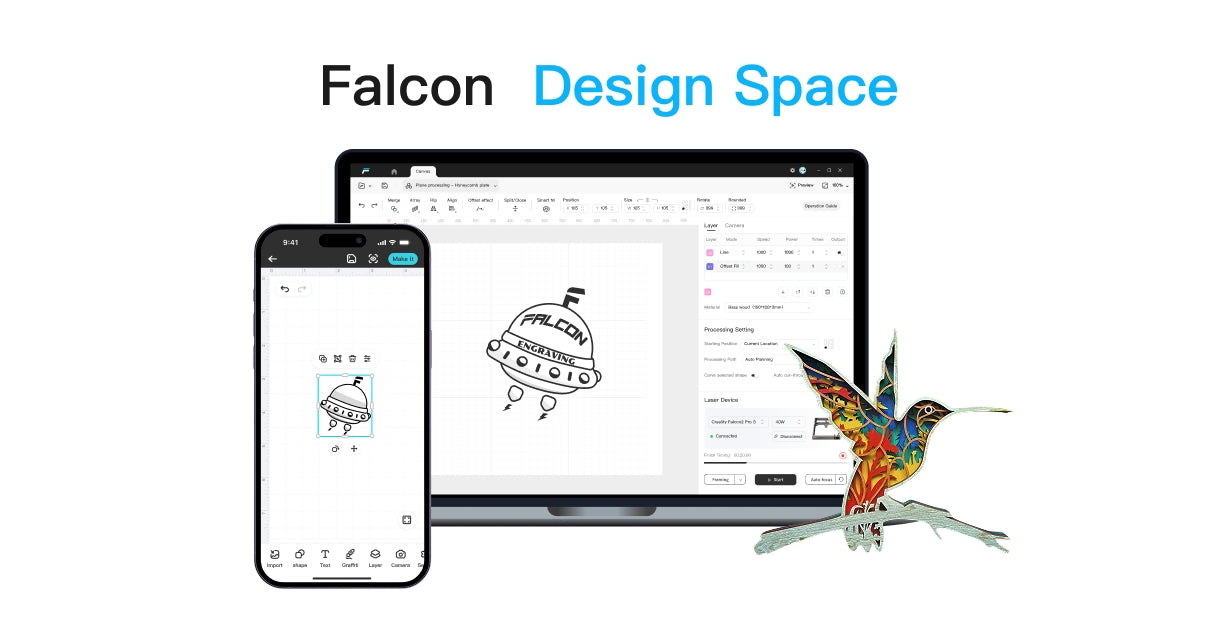




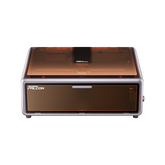
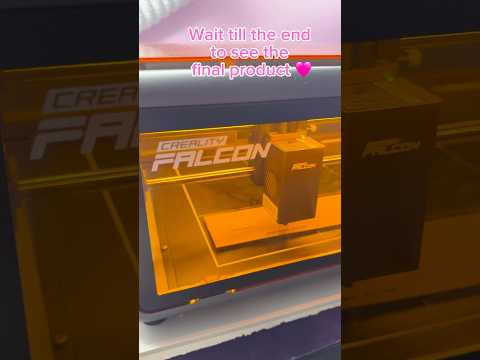
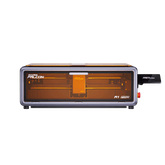
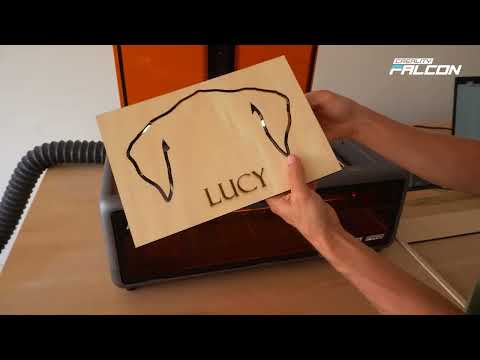
1 comment
I am interested in laser engraving on flat glass and mirrors. I have worked with these materials and would like to put my drawings on them.Would like information on which laser would work.
Leave a comment
Please note, comments need to be approved before they are published.